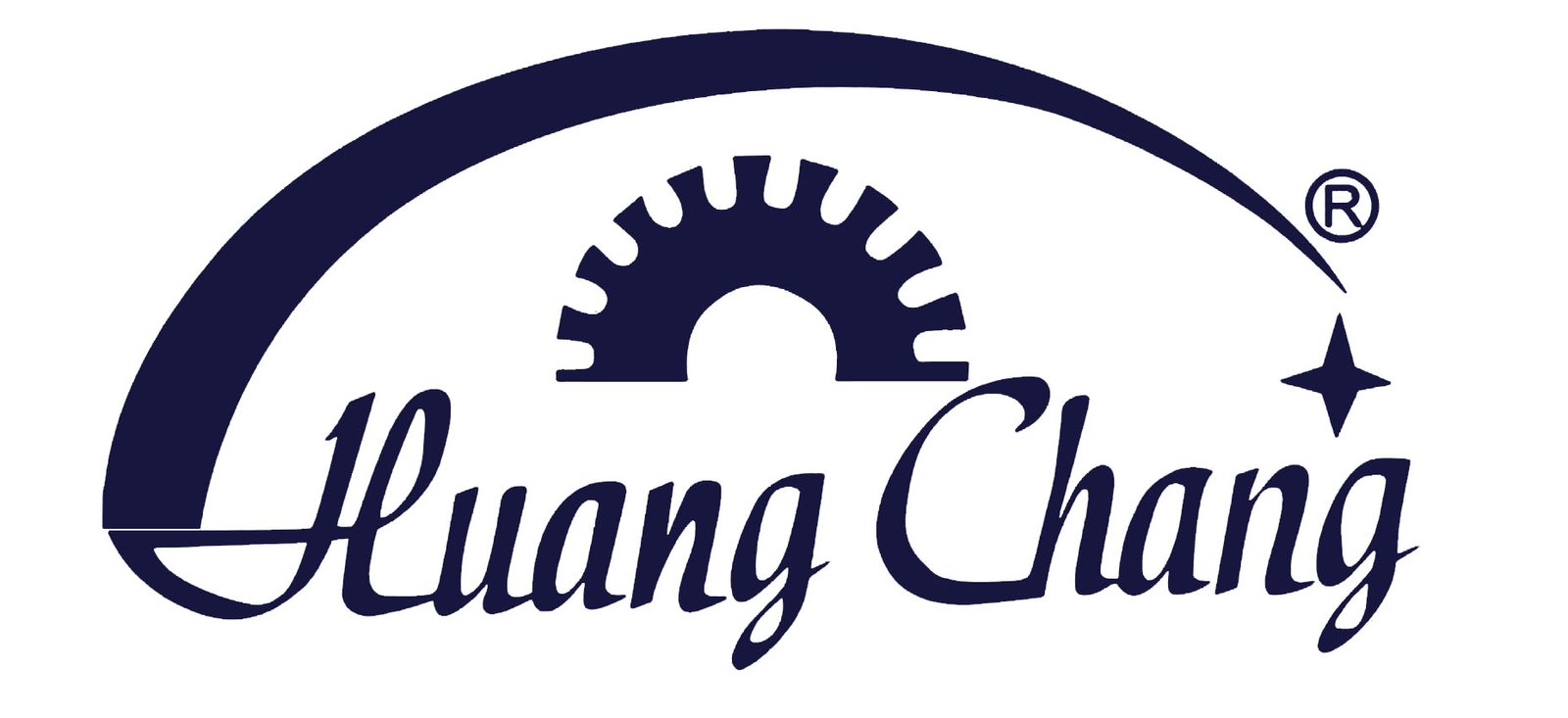Yes, a diamond blade can be sharpened, but the process differs from traditional sharpening. Here’s a concise breakdown:
Understanding the Blade: Diamond blades have industrial diamonds embedded in a metal matrix. Dulling occurs when the matrix wears down, smoothing or exposing worn diamonds.
Sharpening Method:
- Abrasive Materials: Cutting through abrasive substances (e.g., sandstone, concrete block) wears away the metal bond, exposing fresh diamonds. This is often called “dressing” the blade.
- Dressing Tools: Specialized tools like silicon carbide stones or dressing sticks can be used to clean and expose new diamonds by gently grinding the blade’s edge.
Considerations:
- Blade Type: Segmented blades may respond better to sharpening than continuous-rim blades.
- Safety: Use proper PPE, secure the blade, and operate at low speeds to avoid overheating.
- Effectiveness: Sharpening restores cutting efficiency temporarily but doesn’t renew the blade entirely. Overuse can reduce blade lifespan.
Professional Services: Some companies offer resharpening using advanced techniques, which might be cost-effective for high-end blades.
Replacement vs. Sharpening: Evaluate cost and blade condition. Cheaper blades may not justify sharpening efforts, while expensive ones might.
Conclusion: Sharpening a diamond blade is feasible by exposing new diamonds through matrix wear, but it’s a temporary solution. Always follow manufacturer guidelines and prioritize safety. Replacement is often more practical when the blade is extensively worn.



